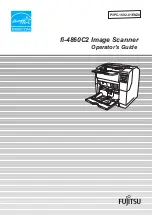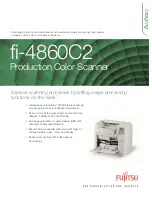
Radar menu
Chapter 3-3
tion move across the screen towards the edge of the display. Any
other targets which are underway will also be moving on the display
screen at their True course and True speed. All motion seen on the
True motion display is “TRUE” (meaning motion over the ground).
3.1.3 Environmental effects
The effects of weather and water surface conditions generally act to
reduce the ability of radar to detect targets. Weather effects reduce
the long range at which targets can be detected. Water surface clut-
ter (waves) reduces the ability to detect targets close by. Either can
obscure the echoes from targets that may prove dangerous to your
vessel.
You can’t see wind on your radar screen, however you can see its
effects when it produces waves and spray on the water surface. “Sea
Return” is most pronounced in the direction from which the wind is
blowing. Proper use of your Sea clutter control can reduce the effect
of wind and waves, but care must be taken not to increase the control
to the point where weak targets will be overlooked.
Rain, hail and snow can return echoes that appear on your radar
screen as a blurred or cluttered area. Targets within the area of
precipitation can be masked by the clutter. The maximum range of
the radar pulse is greatly reduced as the energy of the radar beam
is scattered and absorbed by the water droplets. Proper use of your
Rain clutter control helps you to look into areas of precipitation to
detect targets.
Buoys are moored to the bottom with concrete via chain. The chain
is longer than the depth of the water to allow the buoys to ride in the
current and go up and down with the tide. Unfortunately this allows
the buoys to lean in the direction of the current. Radar reflectors
built into the buoy do not work well when the side of the buoy is
pointed to the sky. Therefore, the images of the channel markers may
appear faint.
The iron mass and angles of the metal in the structure of a bridge
can cause unpredictable interference patterns on your radar. It is
not unusual for a reflected image to appear on the radar screen in
front of you just as you pass under the bridge. A similar effect is also
common on sailboats where the radar antenna is mounted close to an
aluminum mast.
Summary of Contents for DX45
Page 6: ...Page VI ...
Page 50: ...Chapter 3 30 Radar menu ...
Page 84: ...Index DX45 60 Radar scanner ...
















































